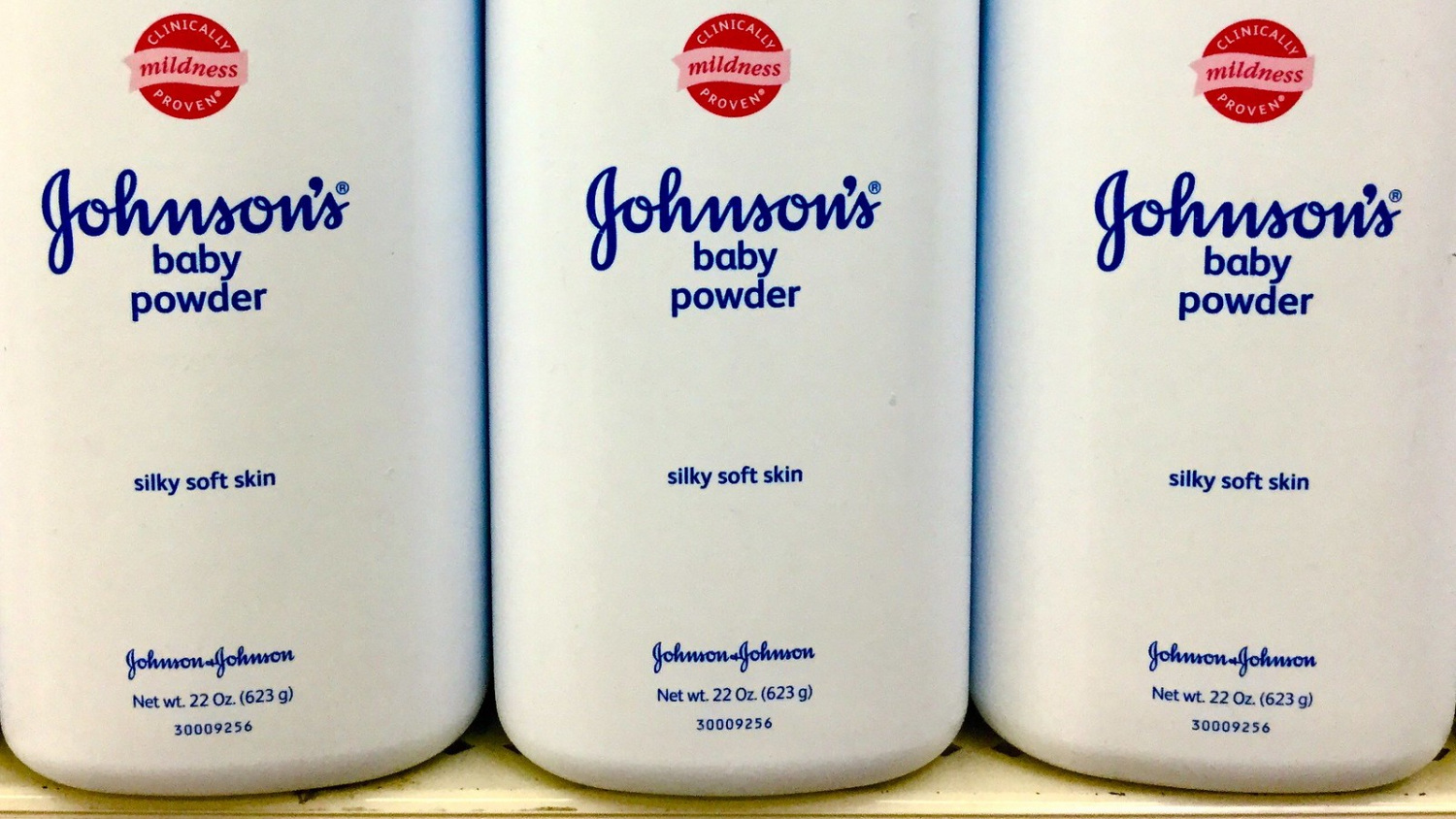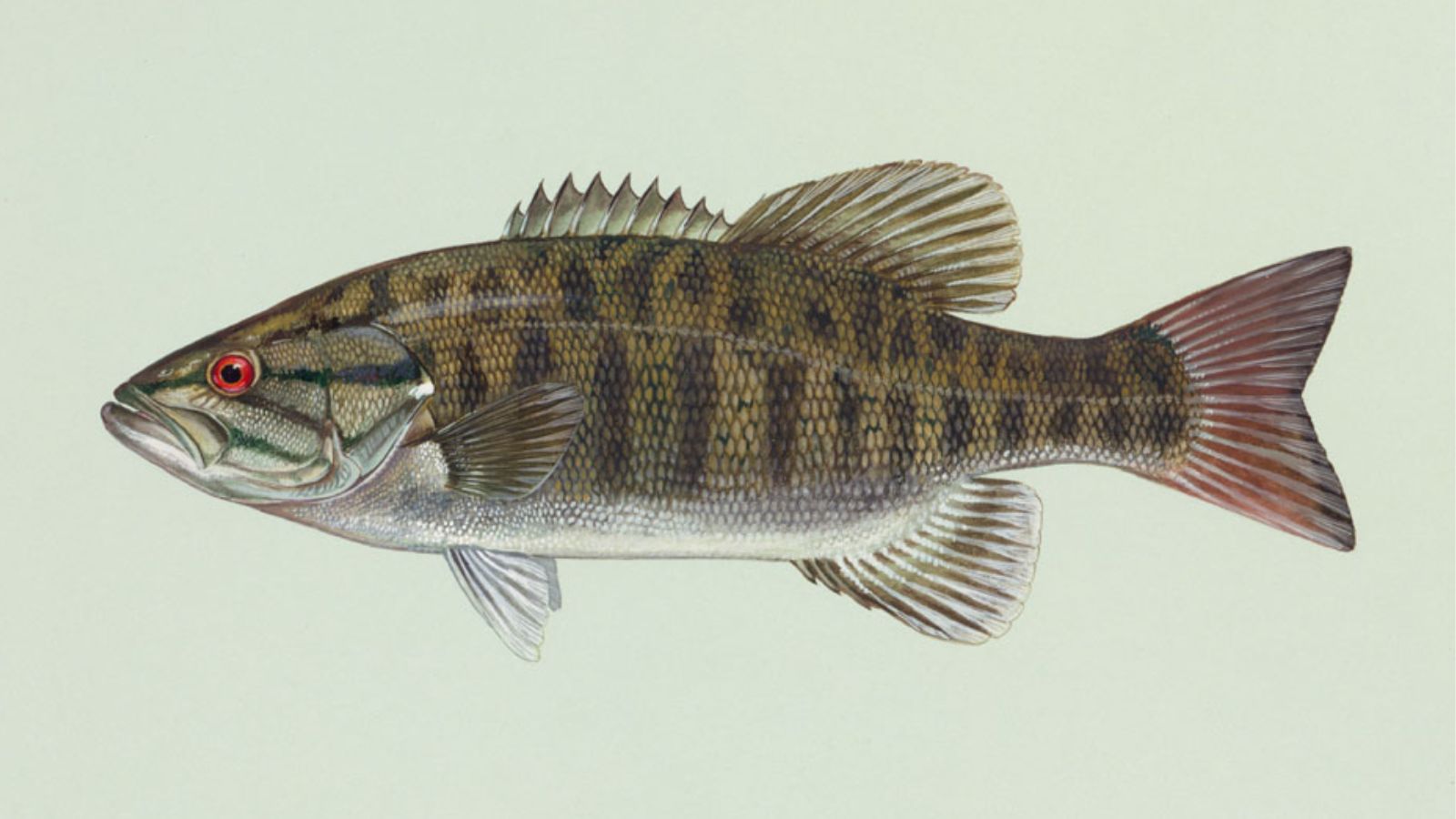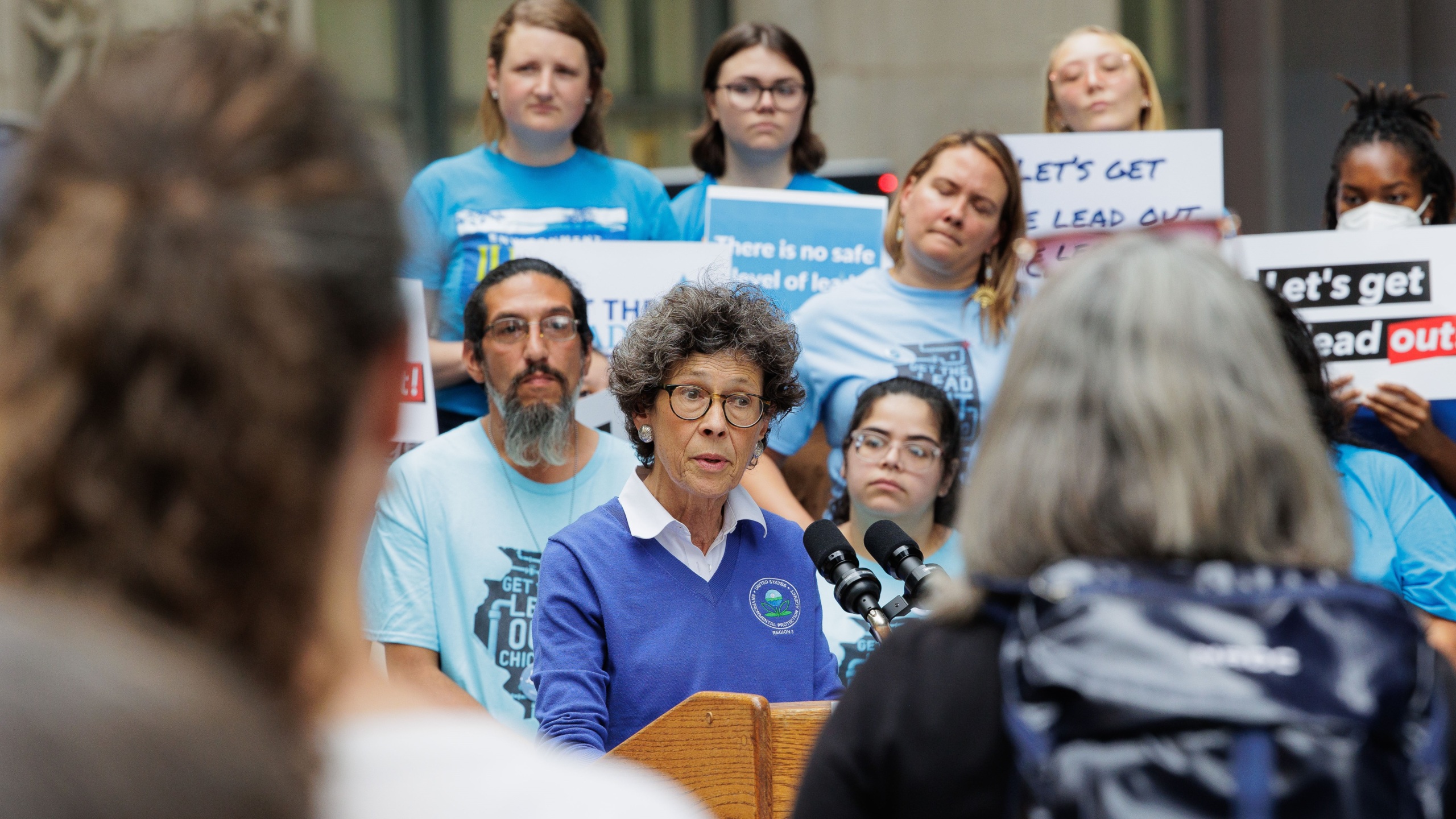
Banned pesticides are still sprayed on golf courses
The toxic pesticide chlorpyrifos is still allowed to be sprayed on golf courses, even though the EPA has banned the chemical from our food.

We helped convince the EPA to ban a brain-damaging pesticide from use on food crops. But the EPA didn’t ban it completely; it will allow the pesticide, chlorpyrifos, to be used for some clearly non-essential uses, such as on golf courses. We need to change how we think about toxic chemicals.
The pesticide chlorpyrifos was banned on food
This spring, a court ordered the Environmental Protection Agency (EPA) to ban a brain-damaging pesticide, unless it could set strong enough safety standards to protect vulnerable populations, including children, pregnant women and farm workers. In a victory for our health, the EPA banned this pesticide, chlorpyrifos, in August from use on all food crops.
That’s a big deal. In the United States, around 6 million pounds of chlorpyrifos are sprayed each year on crops such as corn, soybeans, and apples. Exposure can happen while applying the pesticide, when we touch contaminated clothes or protective gear, and when we eat food that still has pesticide residues on it. And mothers exposed to chlorpyrifos can expose their fetuses in utero. Unfortunately, studies have shown that children who were exposed to high levels of chlorpyrifos while in their mothers’ wombs have lower IQs compared to children who were less exposed. Ending chlorpyrifos use on food crops, which advocates estimate accounts for over 90% of U.S. use, will go a long way toward preventing this exposure.
The banned pesticide is still allowed for non-essential use, including golf courses
However, the EPA’s decision falls short of what’s needed to protect public health. Despite evidence of the dangers of chlorpyrifos, the EPA didn’t ban all uses. Chlorpyrifos will still be used on fence posts, turf fields and golf courses. Do we really need to use this toxic stuff on golf courses? No, if the EPA recognizes the health risks of this brain-damaging chemical, it shouldn’t allow it to be used anywhere that might result in children being exposed to it.
Yes, having a perfectly manicured green is nice. But conveniently maintaining the grass on the course is definitely not worth threatening our health and the health of the most vulnerable populations.
Pesticides put golfers, youth and others at risk
People go to golf courses to relax, exercise and spend time outdoors. In 2020, 24.8 million Americans spent time on a golf course, and many of them did so regularly, with the average number of rounds per golfer reaching 20, according to the National Golf Foundation.
Unfortunately, many of those visitors are especially vulnerable to the impacts of chlorpyrifos. In 2020, 3.1 million golfers (12.5%) were “juniors” — golfers under the age of 19, or who have not finished high school. At this age, their brains are still developing, and are at greater risk of impacts from chlorpyrifos exposure, which at this age, can lock in learning deficits that will affect them for the rest of their lives. And it’s not just junior golfers who are at risk. Teenagers can start caddying — carrying golfers’ bags from hole to hole all day, a very lucrative summer job — as early as age 14 in most states. Given their extensive time spent on golf courses, they may be at greater risk of exposure to chlorpyrifos. Finally, golfing is one of the recommended ways that pregnant women can continue to exercise safely well into their pregnancy. Doing so shouldn’t put them at risk of exposing their babies to a brain-damaging pesticide.
We need to get our priorities straight. The EPA has banned chlorpyrifos from our food. It’s time for the agency to acknowledge that it doesn’t belong anywhere Americans recreate either.
Topics
Authors
Danielle Melgar
Food & Agriculture, Advocate, U.S. PIRG Education Fund
Danielle works to ensure our food system produces enough nutritious food to feed everyone, without threatening our health, the planet, or the ability of future generations to grow food. Danielle lives in Chicago, where she enjoys staying active in the outdoors, trying out new recipes, and writing short stories.
Find Out More

Media reports: Johnson & Johnson reaches settlement to resolve talc baby powder investigations

Trouble in the water? MD issues new fish consumption advisories for PFAS

Chicagoans want to get the lead out
